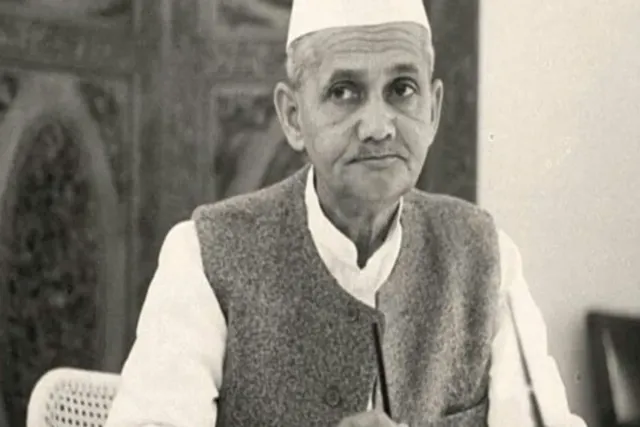Lal Bahadur Shastri, fondly known as ‘Gudari ka Lal’, was India’s second Prime Minister and a symbol of simplicity, humility, and strong leadership. Born on October 2, 1904, in Mughalsarai, Uttar Pradesh, Shastri Ji played a pivotal role in shaping modern India. Despite facing hardships in his early life, he emerged as a visionary leader who emphasized self-reliance and unity. His contributions to India\’s socio-economic and political landscape remain unparalleled.
Below are five key achievements that define his legacy:
1. Leadership During the 1965 Indo-Pak War
Lal Bahadur Shastri displayed exceptional leadership during the 1965 Indo-Pak war. Under his guidance, India successfully countered Pakistan\’s aggression, boosting national morale. His steadfastness in unifying the armed forces helped secure significant victories, establishing him as a strong leader in times of crisis.
2. The Iconic \’Jai Jawan, Jai Kisan\’ Slogan
To uplift the spirits of soldiers and farmers, Shastri coined the powerful slogan, “Jai Jawan, Jai Kisan.” This phrase became a symbol of India\’s unity and strength, inspiring both the military and the agricultural sector. It remains a timeless reminder of the nation\’s gratitude towards its soldiers and farmers.
3. Kickstarting the Green Revolution
Shastri laid the foundation for the Green Revolution to tackle India\’s food scarcity. By introducing modern agricultural practices and improved seeds, he significantly boosted food grain production. This initiative marked the beginning of India\’s journey towards agricultural self-sufficiency.
4. The Tashkent Agreement
Post the 1965 war, Shastri spearheaded the Tashkent Agreement with Pakistan\’s President Ayub Khan to restore peace between the two nations. Although Shastri\’s untimely demise in Tashkent raised questions, the agreement symbolized his dedication to diplomacy and conflict resolution.
5. Promoting the White Revolution
Shastri initiated the White Revolution to increase milk production and strengthen rural economies. His support for Operation Flood turned India into one of the largest producers of milk globally. This initiative not only improved nutrition but also provided livelihood opportunities for millions in rural areas.
Lal Bahadur Shastri\’s legacy reflects his unwavering commitment to national development, self-reliance, and social reform. His contributions continue to inspire generations, cementing his place as one of India\’s most revered leaders.

